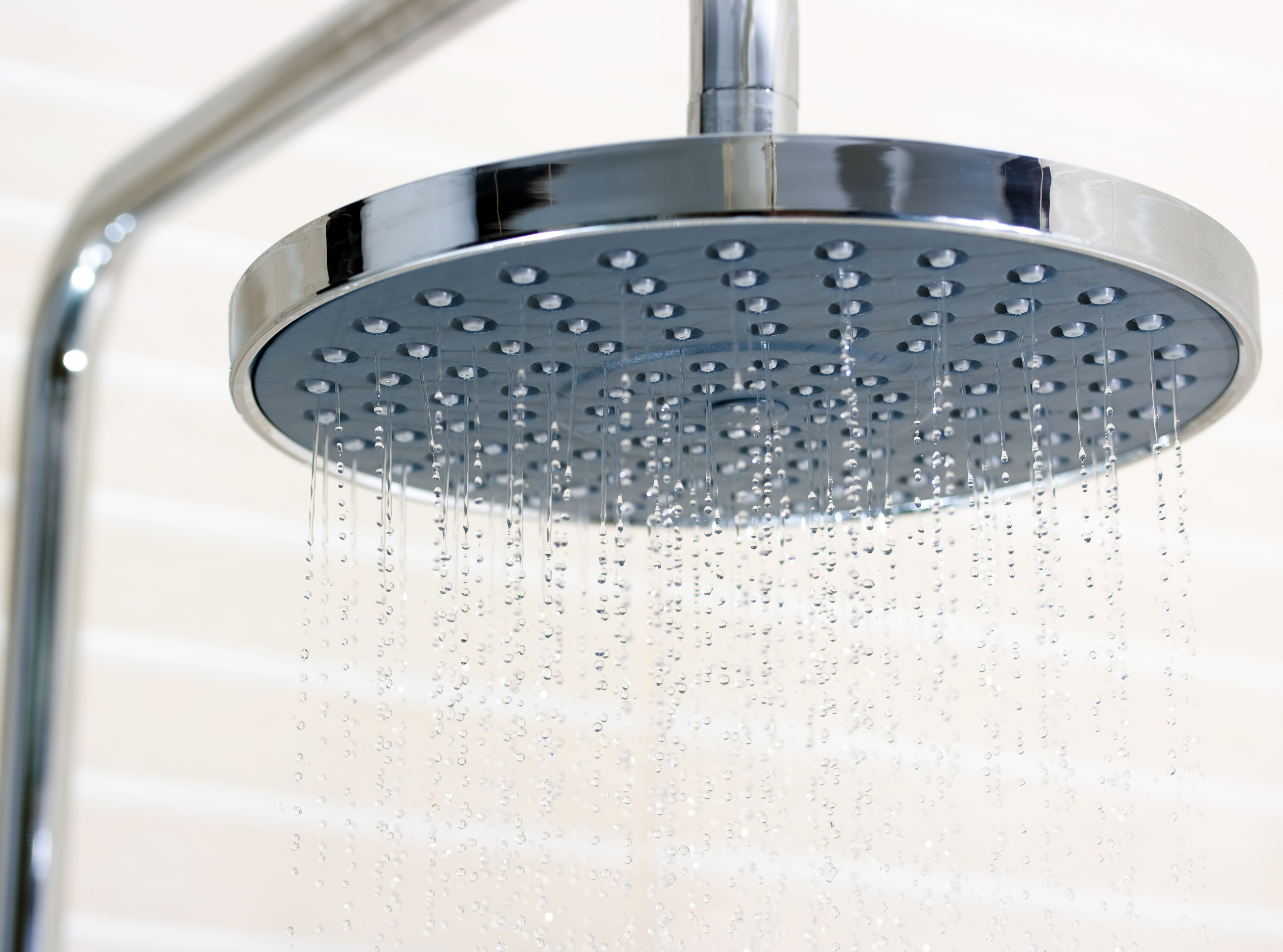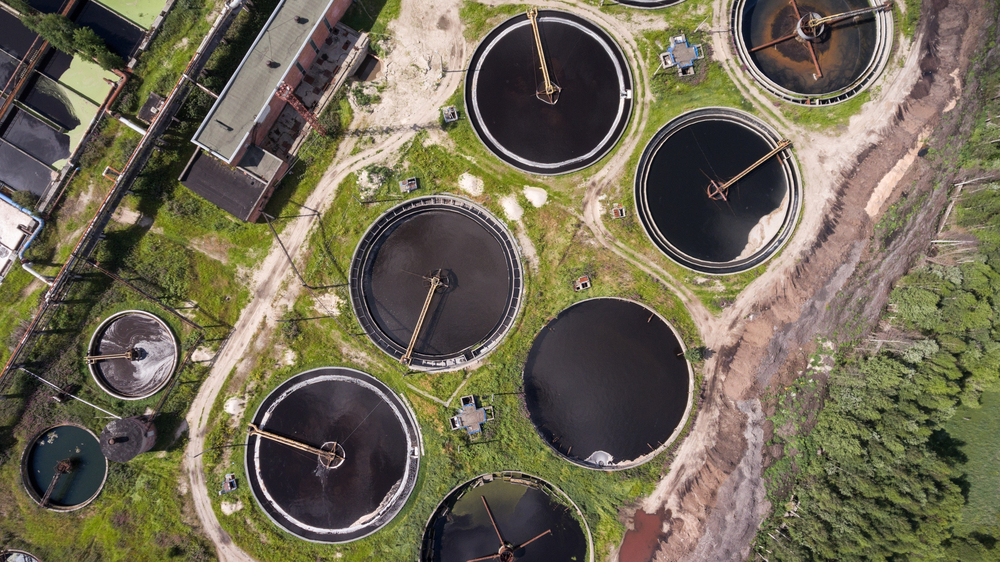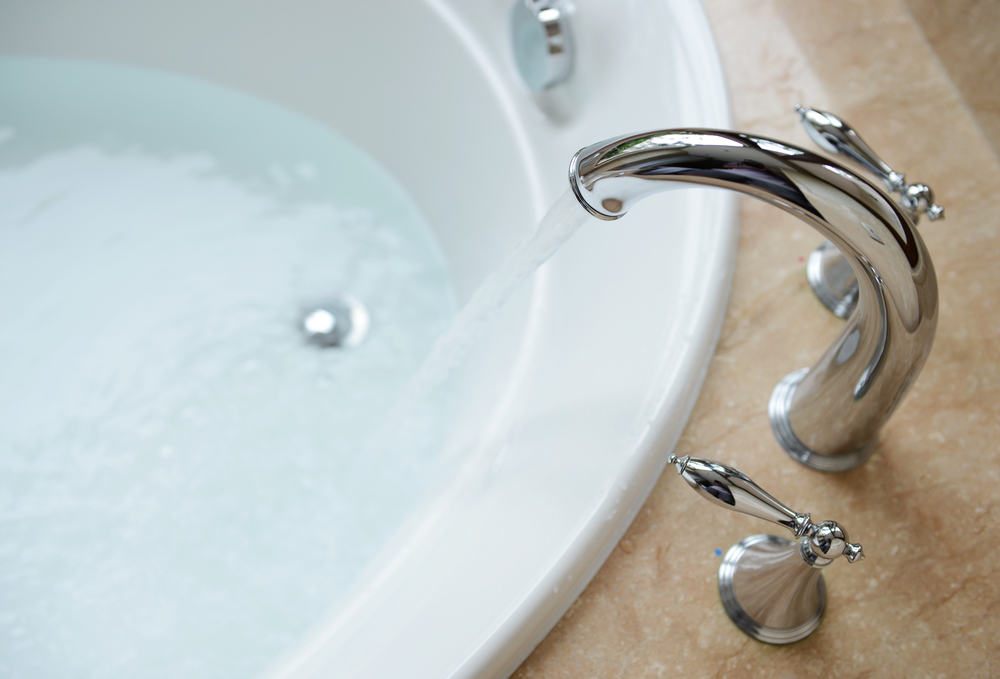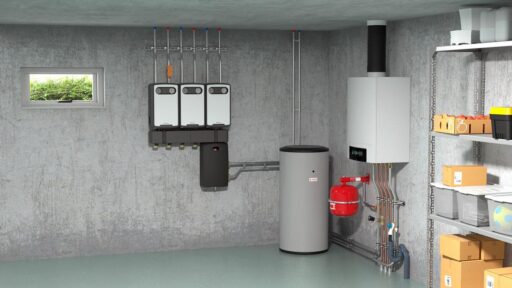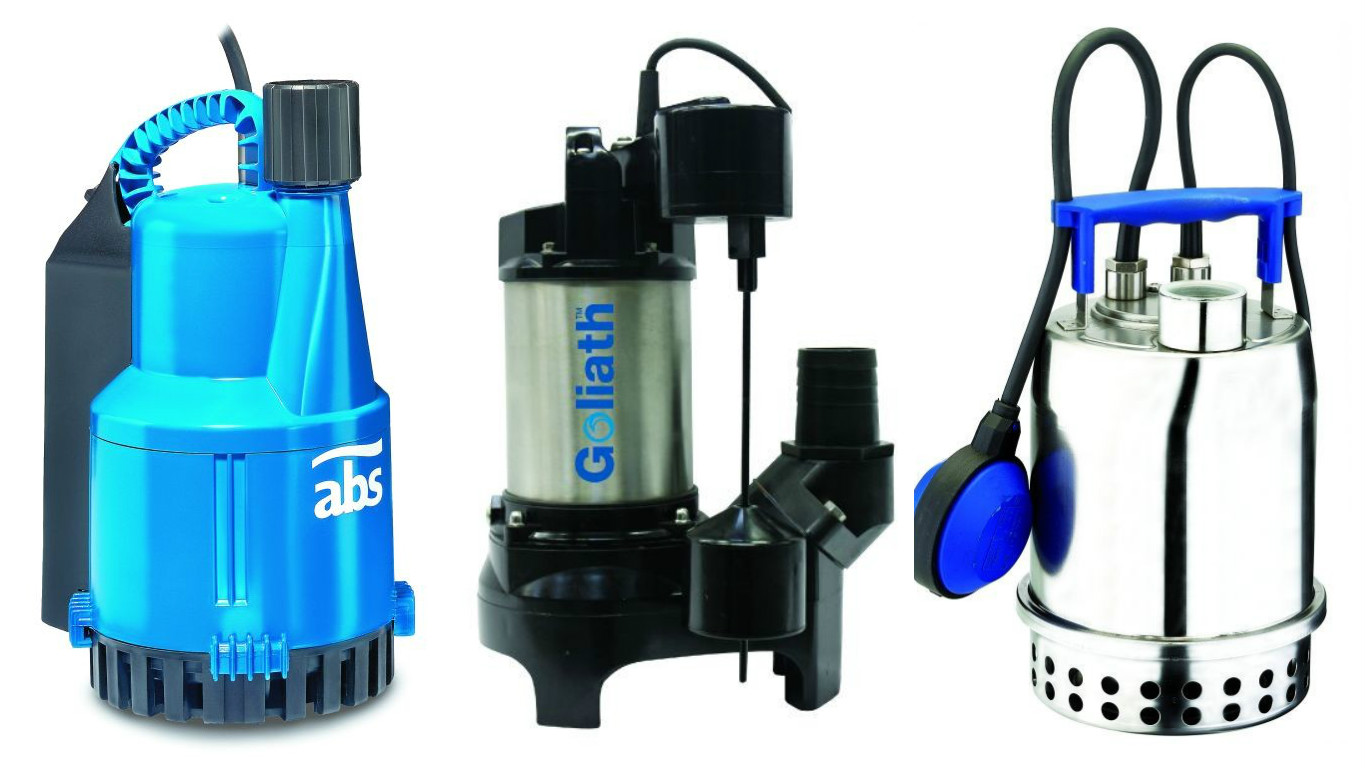Your bathroom can be dramatically improved with just one small change – the introduction of a new shower pump. With the right specifications and installed correctly, shower pumps can bolster the water pressure and flow of your shower – transforming a lacklustre trickle into a jet.
Before you can make this alteration, you first have to understand the parameters within which you have to work to select the ideal shower pump. Uncovering whether your shower operates on a vented or unvented system, deciphering the best size and pressure rating of shower pump, whether you require a single or twin impeller one, as well as the best location to position it are all essential considerations for those looking to make a purchase.
Identify the water system your home operates on. Is it a gravity fed (vented) system or a mains pressure (unvented) system?
Before anything else, you first have to identify the heating system your household operates on. There are three main kinds in the UK: gravity fed (unvented) system, mains pressure (unvented) system and combination boilers. Shower pumps will only work in coordination with one of those heating systems – gravity fed (vented) systems. Gravity fed systems are actually the oldest and least efficient water heating systems and as such, are also the most likely to need the additional thrust offered by a shower pump.
Check what size pump (and bar rating) is required
The size (or pressure rating) of the shower pump you will need is dictated by the size of your house and the number and distance of the outlets it is tasked with serving. The more trying the task, the higher the bar rating your shower pump should be. Bar, a unit of atmospheric air pressure, gives an indication of the amount of pressure a shower pump is capable of generating. Shower pumps have a bar rating of somewhere between 1.5B and 4.5B. For comparison, a shower pump with a bar rating of 4.0B upwards are capable of providing for two entire bathrooms while a shower pump with a rating of 1.5B is only capable of boosting a single shower.
Know the difference between single and twin impeller shower pumps
Another distinction that is important to make at an early stage, is the difference between single and twin impeller shower pumps. While twin impeller shower pumps are able to boost the flow of water from two different sources of water (hot and cold), single impeller shower pumps can only increase the flow from one source of water.
Decide between positive and negative head shower pumps
Similarly, you have to be able to discern the differences between positive and negative head shower pumps. Positive shower pumps are reliant on gravity to work properly – the water tank must be positioned above the shower. Negative shower pumps on the other hand, are able to boost pressure regardless of the relative position of the shower and water tanks.
Whatever your situation, you are sure to find a shower pump that suits your home to a tee at Pump Sales Direct. Salamander shower pumps and Stuart Turner shower pumps alike, you’ll find all of the most reputable brands on our website. Quiet shower pumps are a necessity – you won’t find the noisier shower pumps of yesteryear at Pump Sales Direct. If you have any questions about our products or any aspect of our service, please do not hesitate to get in touch. You can do so, by email, phone or this contact form.

